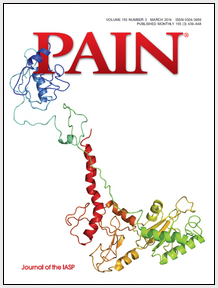“Herbal cannabis has been used for thousands of years for medical purposes.
With elucidation of the chemical structures of tetrahydrocannabinol (THC) and cannabidiol (CBD) and with discovery of the human endocannabinoid system, the medical usefulness of cannabinoids has been more intensively explored.
While more randomized clinical trials are needed for some medical conditions, other medical disorders, like chronic cancer and neuropathic pain and certain symptoms of multiple sclerosis, have substantial evidence supporting cannabinoid efficacy.
While herbal cannabis has not met rigorous FDA standards for medical approval, specific well-characterized cannabinoids have met those standards.
Where medical cannabis is legal, patients typically see a physician who “certifies” that a benefit may result.
Physicians must consider important patient selection criteria such as failure of standard medical treatment for a debilitating medical disorder. Medical cannabis patients must be informed about potential adverse effects, such as acute impairment of memory, coordination and judgment, and possible chronic effects, such as cannabis use disorder, cognitive impairment, and chronic bronchitis.
Novel ways to manipulate the endocannbinoid system are being explored to maximize benefits of cannabinoid therapy and lessen possible harmful effects.
Key messages The medical disorders with the current best evidence that supports a benefit for cannabinoid use are the following: multiple sclerosis patient-reported symptoms of spasticity (nabiximols, nabilone, dronabinol, and oral cannabis extract), multiple sclerosis central pain or painful spasms (nabiximols, nabilone, dronabinol, and oral cannabis extract), multiple sclerosis bladder frequency (nabiximols), and chronic cancer pain/neuropathic pain (nabiximols and smoked THC).
Participating physicians should be knowledgeable about cannabinoids, closely look at the risk/benefit ratio, and consider certain important criteria in selecting a patient, such as: age, severity, and nature of the medical disorder, prior or current serious psychiatric or substance use disorder, failure of standard medical therapy as well as failure of an approved cannabinoid, serious underlying cardiac/pulmonary disease, agreement to follow-up visits, and acceptance of the detailed explanation of potential adverse risks.
The normal human endocannabinoid system is important in the understanding of such issues as normal physiology, cannabis use disorder, and the development of medications that may act as agonists or antagonists to CB1 and CB2.
By understanding the endocannabinoid system, it may be possible to enhance the beneficial effects of cannabinoid-related medication, while reducing the harmful effects.”
http://www.ncbi.nlm.nih.gov/pubmed/26912385





